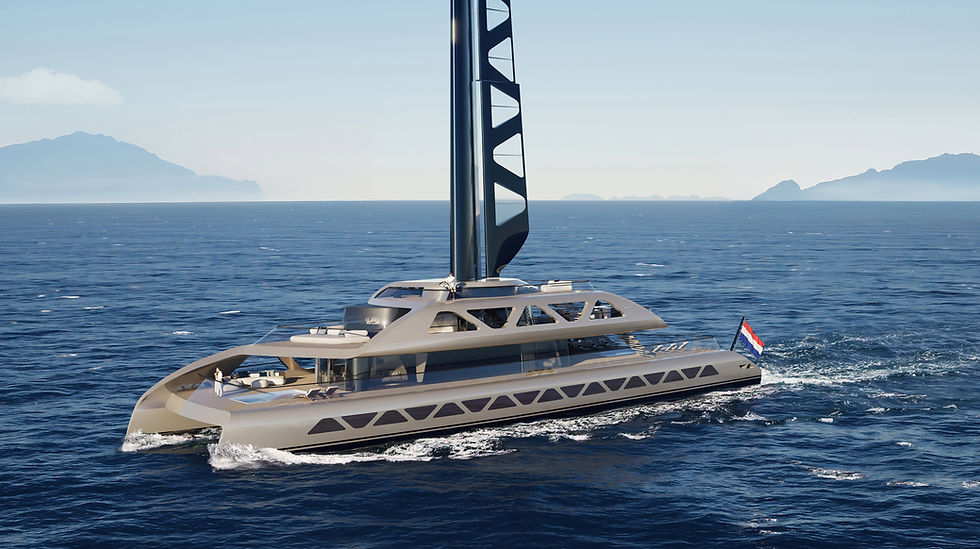3D printing is driving innovation in the marine industry
- Boating-greece

- Dec 12, 2023
- 2 min read

From 3D printing boats to ensuring spare parts are more quickly available, 3D printing is helping to modernize the shipping/marine industry in many ways.
3D printing of spare parts

3D printing has been used over the past decade to print part for the marine industry ranging from anchors and propellers to valves and gears
Industrial 3D Print technology facilitates the rapid and cost-effective construction of complex parts using lightweight, water-worthy thermoplastics, composites, and metals. This contributes to minimizing vessel and equipment downtime by offering efficient and economical repair solutions for parts damaged at sea.
3D printing on board

There are many benefits to adopting 3D printing techniques for companies in the marine industry. The most obvious of these is the ability to repair a vessel on board, as this will stop, at least temporarily, any safety or efficiency problems until it reaches a port.
Of course large parts such as propellers are unlikely to be printed during a trip, but basic parts such as impellers or valves can be printed and used in an emergency.
3D printing of entire boats, yachts, superyachts

As 3D printers became available in larger and larger sizes, the idea of 3D printing an entire hull has come.
MAMBO is the world's first 3D printed fiberglass boat.
The only boat of its kind built with a brand new shape and method. MAMBO (Motor Additive Manufacturing Boat) shows how CFM prints real, functional products. 6.5 meters, ~800 kg weight and ~26 knots, MAMBO marked the beginning of a new wave of design and construction.

Also last December, the Rotterdam startup Tanaruz "clicked" in the competition for the tenders of the future. Tanaruz prints through 3D printing small speedboats from €15,000 and 4.5 to 7.5 meters long.
Tanaruz imagines a world without brokers: models are customized via an app (changing length, color, cushions and power pack) and then delivered by truck two weeks later across Europe.

Now, in March this year, designer Jozeph Forakis announced his plans to print a massive 88m superyacht called Pegasus, claiming it will be the world's first 3D printed superyacht. What is unique about its concept is that it is not only its zero-emission operation but also its environmentally friendly construction.
3D printing saves money, reduces the carbon footprint of supply chains, uses fewer resources, and is convenient for ships and crews. But there are other issues that need to be addressed before the industry adopts 3D printing as standard practice: Quality control and regulation of printed parts to ensure safe use of the products. intellectual property rights protection, insurance and staff training are some of them.



